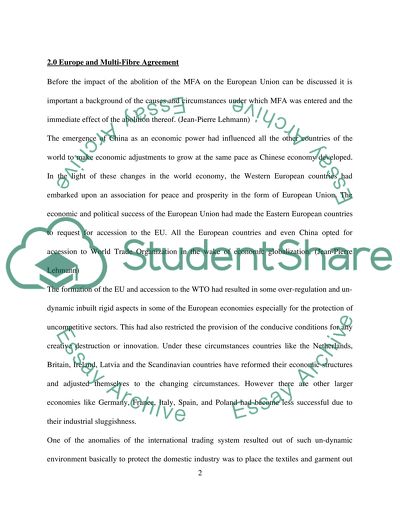Cite this document
(“Multi-Fibre Agreement Impact on the European Economy Essay”, n.d.)
Multi-Fibre Agreement Impact on the European Economy Essay. Retrieved from https://studentshare.org/miscellaneous/1527903-multi-fibre-agreement-impact-on-the-european-economy
Multi-Fibre Agreement Impact on the European Economy Essay. Retrieved from https://studentshare.org/miscellaneous/1527903-multi-fibre-agreement-impact-on-the-european-economy
(Multi-Fibre Agreement Impact on the European Economy Essay)
Multi-Fibre Agreement Impact on the European Economy Essay. https://studentshare.org/miscellaneous/1527903-multi-fibre-agreement-impact-on-the-european-economy.
Multi-Fibre Agreement Impact on the European Economy Essay. https://studentshare.org/miscellaneous/1527903-multi-fibre-agreement-impact-on-the-european-economy.
“Multi-Fibre Agreement Impact on the European Economy Essay”, n.d. https://studentshare.org/miscellaneous/1527903-multi-fibre-agreement-impact-on-the-european-economy.


